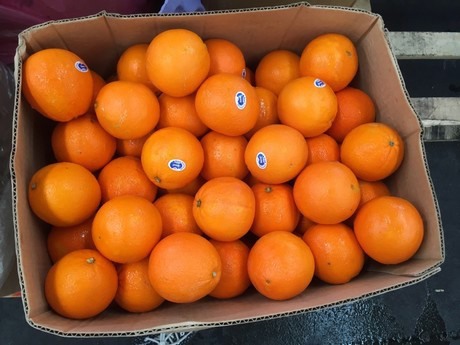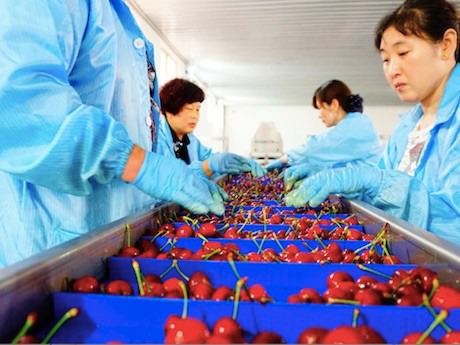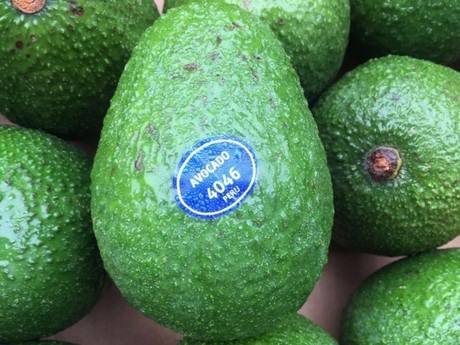
Latin America is investing great efforts in the opening of the Chinese market. A good example of this is Mexico, since China has become the country's second largest trading partner, only behind the United States. Avocados, raspberries, blackberries and blueberries are some of the products allowed to be shipped, and bananas could be next, as the government hopes to open the market by the end of this year.

In 2016, Chile became one of the main exporters of fresh fruit to China, as well as the biggest supplier of cherries for this market, which along with blueberries, are the most popular Chilean fruit in China. For the next cherry campaign, the Latin American country will aim for the number of Chinese cities which it supplies to increase. In addition to cherries and blueberries, permission has also been granted in recent years for the entry of kiwis, table grapes, prunes, apples and avocados.

Uruguay, Argentina and Peru export citrus to China. The latest accomplishment has been the signing of the protocol for Uruguayan mandarins, which has resulted in the first import of Uruguayan Clemenvilla for the Shanghai market. Uruguay also exports blueberries to China, although recently Peru has also gained access to that market. Argentina is in the last stages of the process to gain access to China for its blueberries. Given that the Chinese blueberry season is about to end, there is plenty of demand and room for Latin America's berry supply.

As for bananas, China has been importing them for a few years from countries such as Panama, Ecuador and Costa Rica. The importation of Ecuadorian mangoes is recent and only in the early stages. Costa Rican pineapples have also been able to gain access to this market, with a good reception amongst Chinese consumers. Now, as a result, Costa Rican melon growers are also seeking the opening of the Chinese borders.

Since in recent years China has been importing large quantities of fruit, the market's potential has not gone unnoticed by Brazil. Thus, the Brazilian Agency for the Promotion of Exports and Investments (Apex-Brazil) is working to develop fruit trade between both countries.

This article is only a summary of the developments that have taken place in the Chinese and Asian markets when it comes to their relationship with Spain and Latin America. It is, perhaps, one of the aspects that has led to the growth of Asia Fruit Logistica; a fair that starts on Wednesday, 6 September and will conclude on Friday, 9 September. Spain and Latin America will have many representatives at the event.
